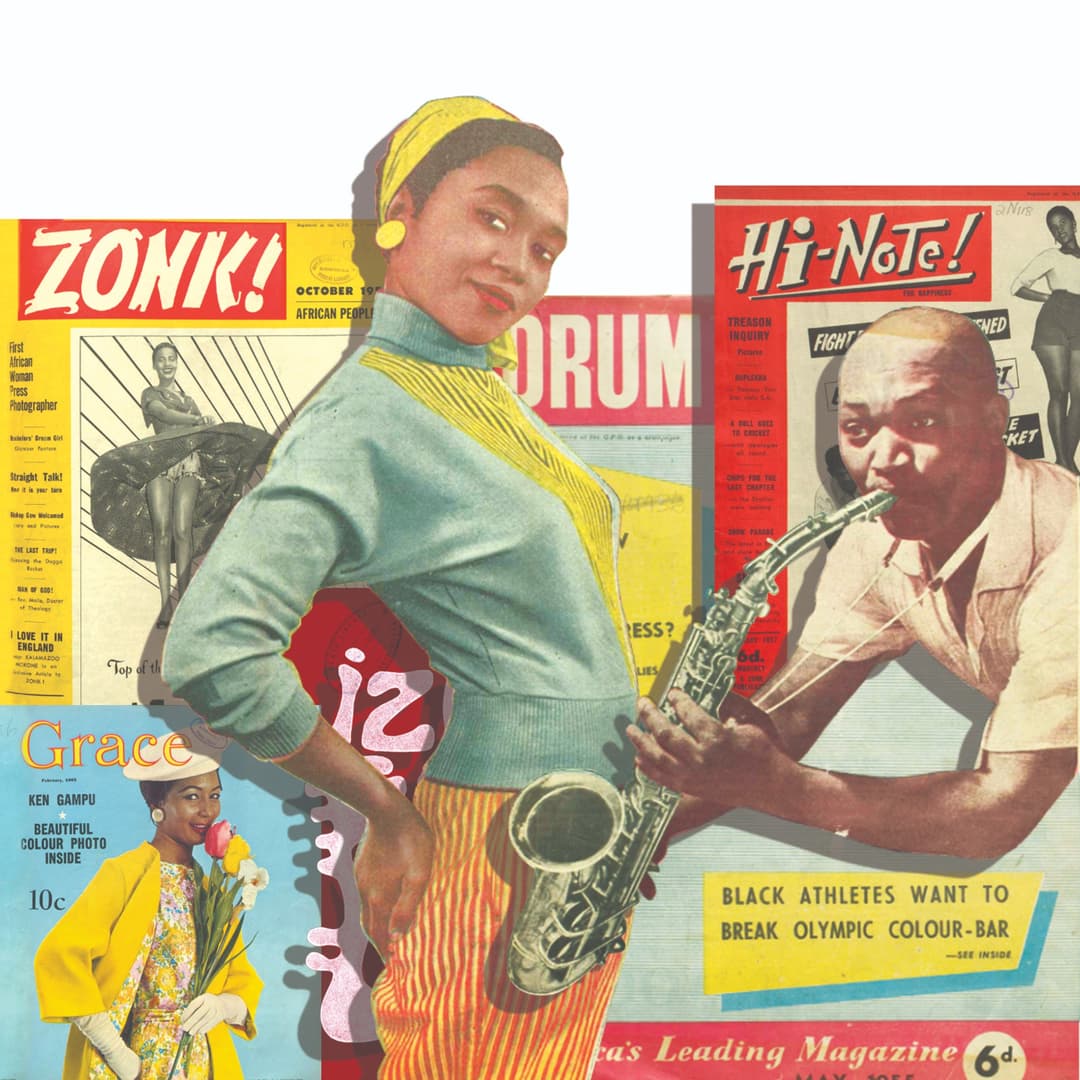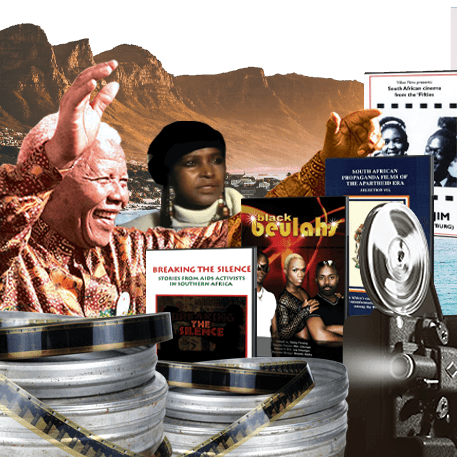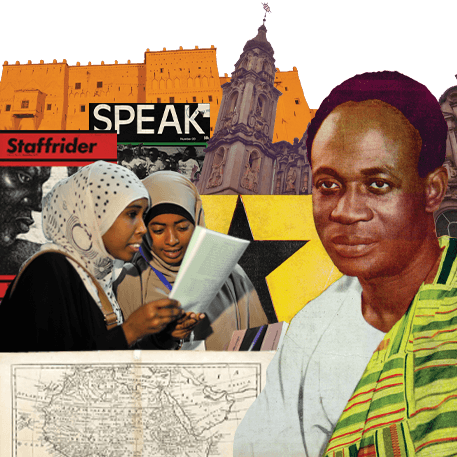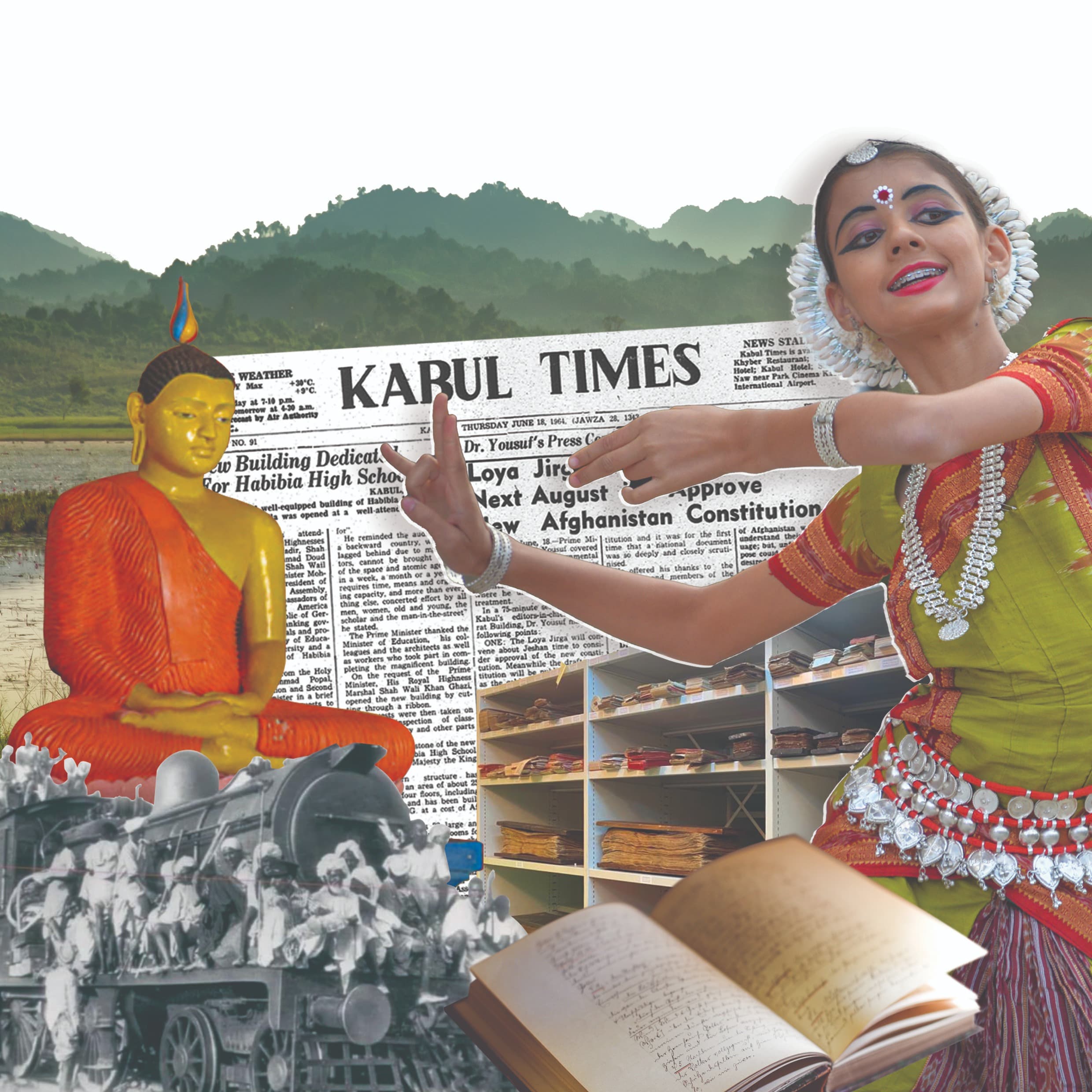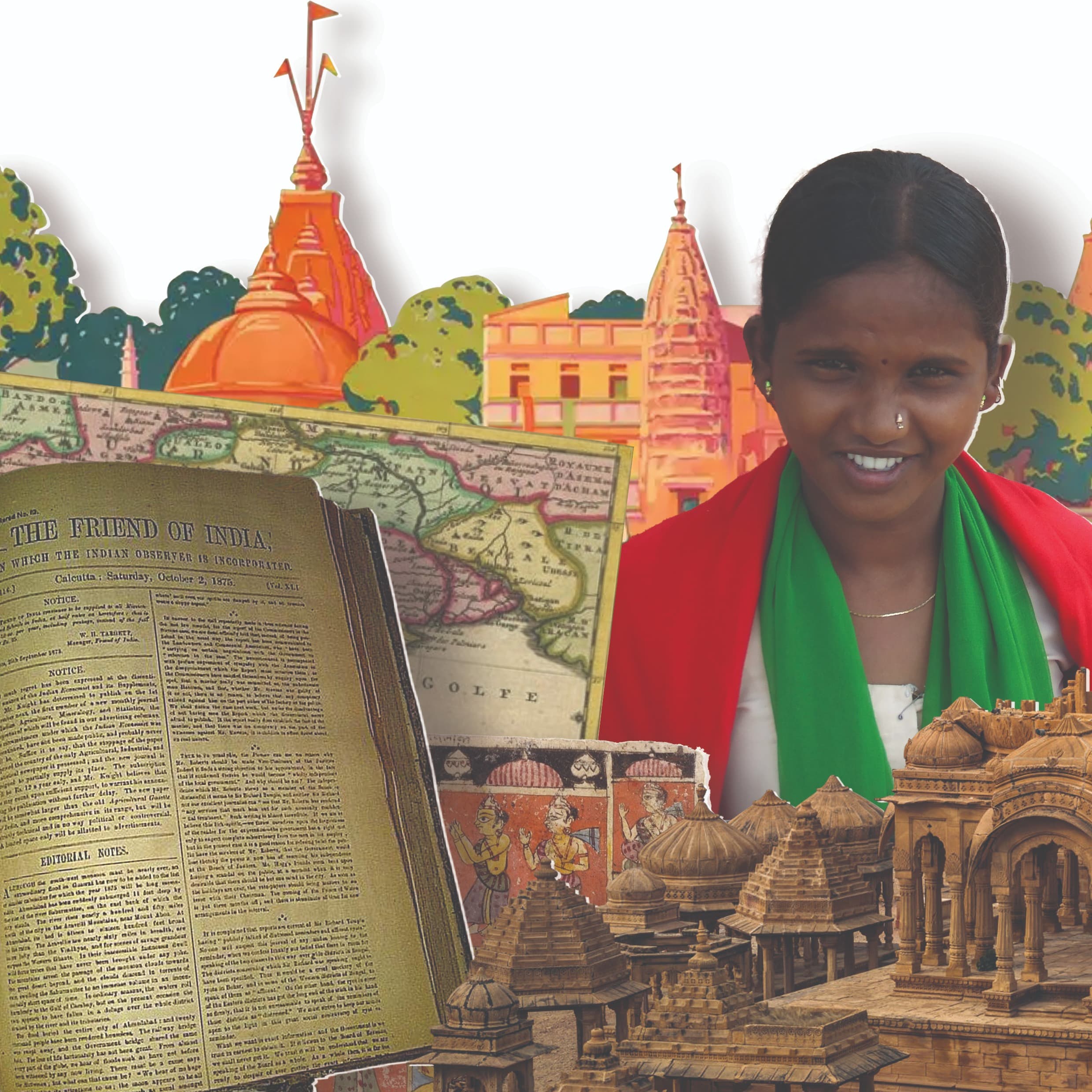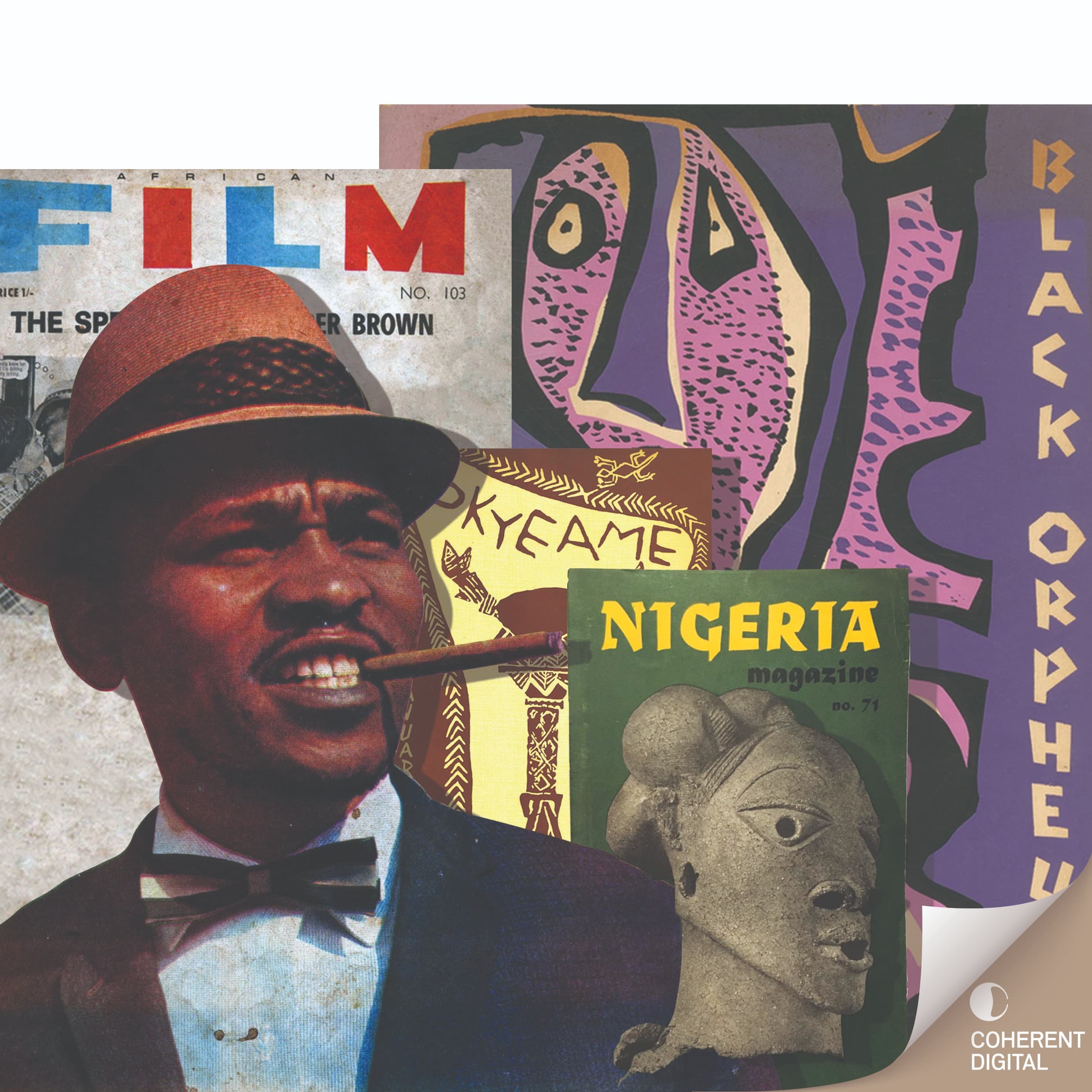Spanning four decades of turbulence and transformation, the writings in Black South African Magazines cover major events and prominent figures—including the Defiance Campaign, Winnie Mandela, Kwame Nkrumah, and Steve Biko.
The resource supports studies in journalism, history, literature, political science, Black studies, gender studies, religion, anthropology, design, sociology, media, and sports.
At a glance
1937–1973
Decades of historically important magazines rarely seen since publication.
50,000
Pages of content, digitized for the first time.
Popular throughout Africa
The magazines were hugely popular, and were packed with investigative journalism, photography, fiction, reviews, biographies, fashion, lifestyle, advertisements, and more. Many of them were syndicated across the continent and provide a view of Black society throughout all of Africa. They launched a new generation of Black journalists, writers, and artists —such as Peter Magubane, who photographed South Africa’s key events.
Endangered content
The magazines exist in just a few physical locations, and they're at risk of disappearing—some are so fragile that they crumble to the touch.
Our Africa-based partner, Sabinet, has helped locate and source the copies. Researchers will discover materials that have almost never been seen outside Africa.
Content highlights
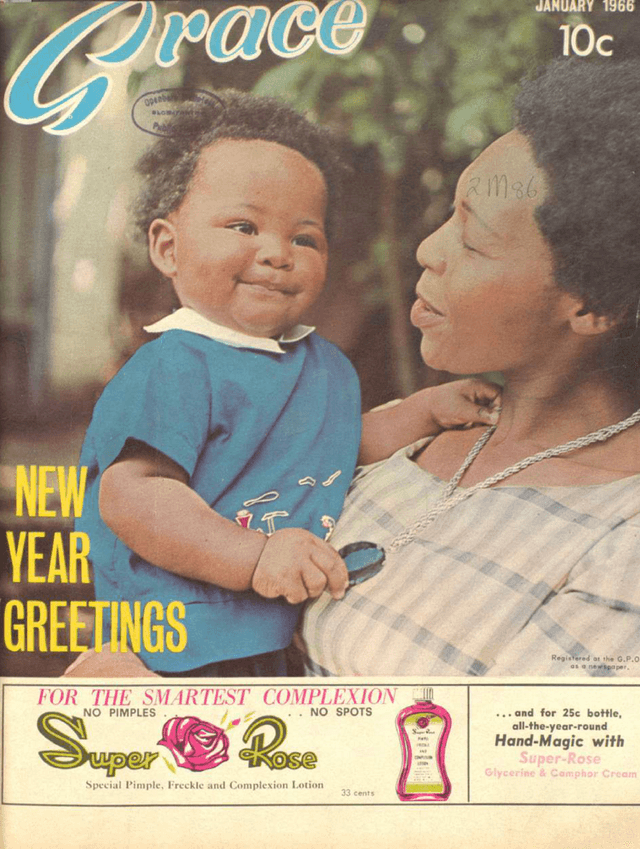
The first magazines created by Black women for Black women
Women’s magazines, including The Townships Housewife and Grace, escaped the scrutiny of the apartheid government, continuing to report on life and events during times when other publications were shut down and their journalists jailed.
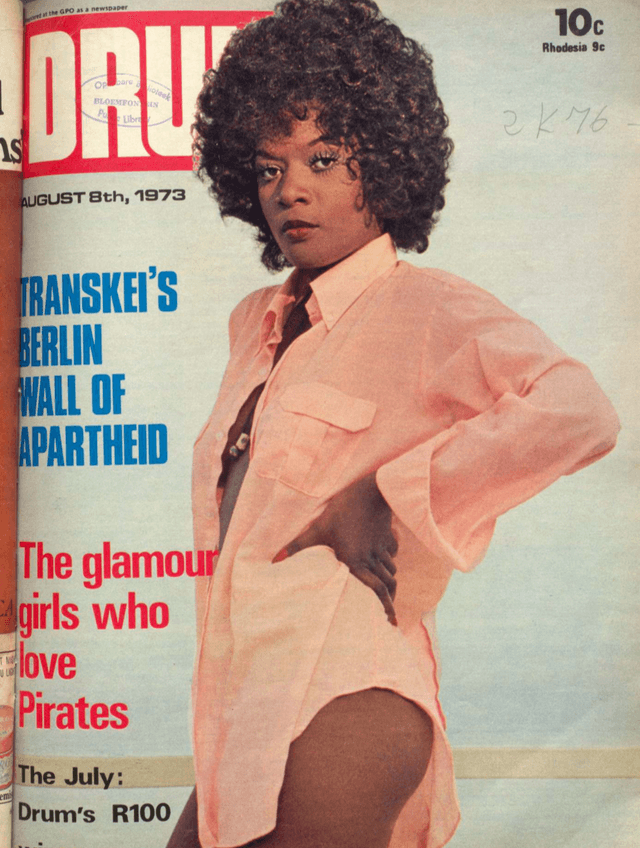
DRUM
DRUM was the first magazine written by Black Africans for Black readers and became the most widely read magazine in Africa. Its journalists influenced political outcomes and changed how Black Africans were represented in media.
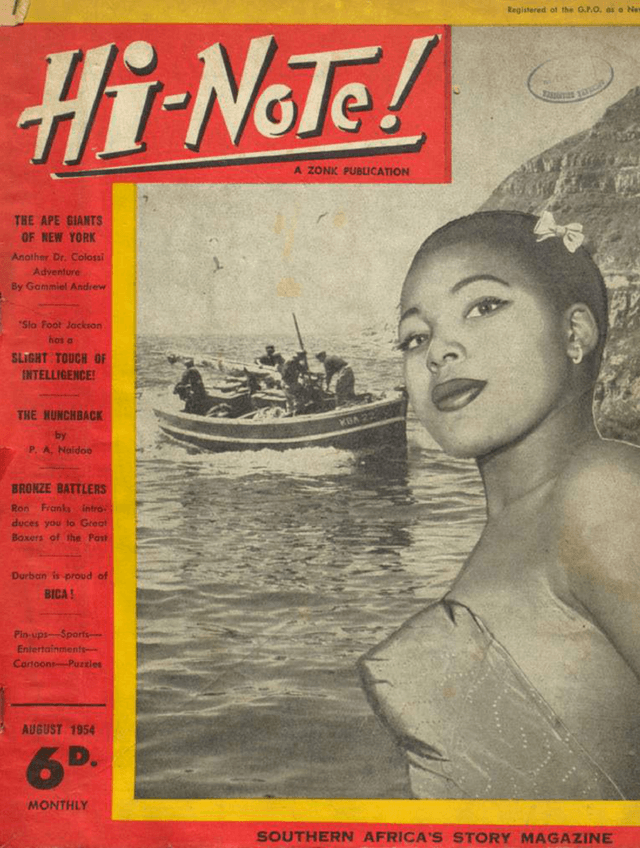
Hi-Note!
Hi-Note! was pictorial entertainment created in the mid-1950s mainly for multiracial and Indian readers, with a focus on sports, music, and star personalities. It offered romantic and suspense fiction and serialized classics.
Want a trial?
Free, 30-day trial offered with training
Flexible pricing options, tailored to your institution's needs
Ask your sales rep about collection packages that offer the best value
